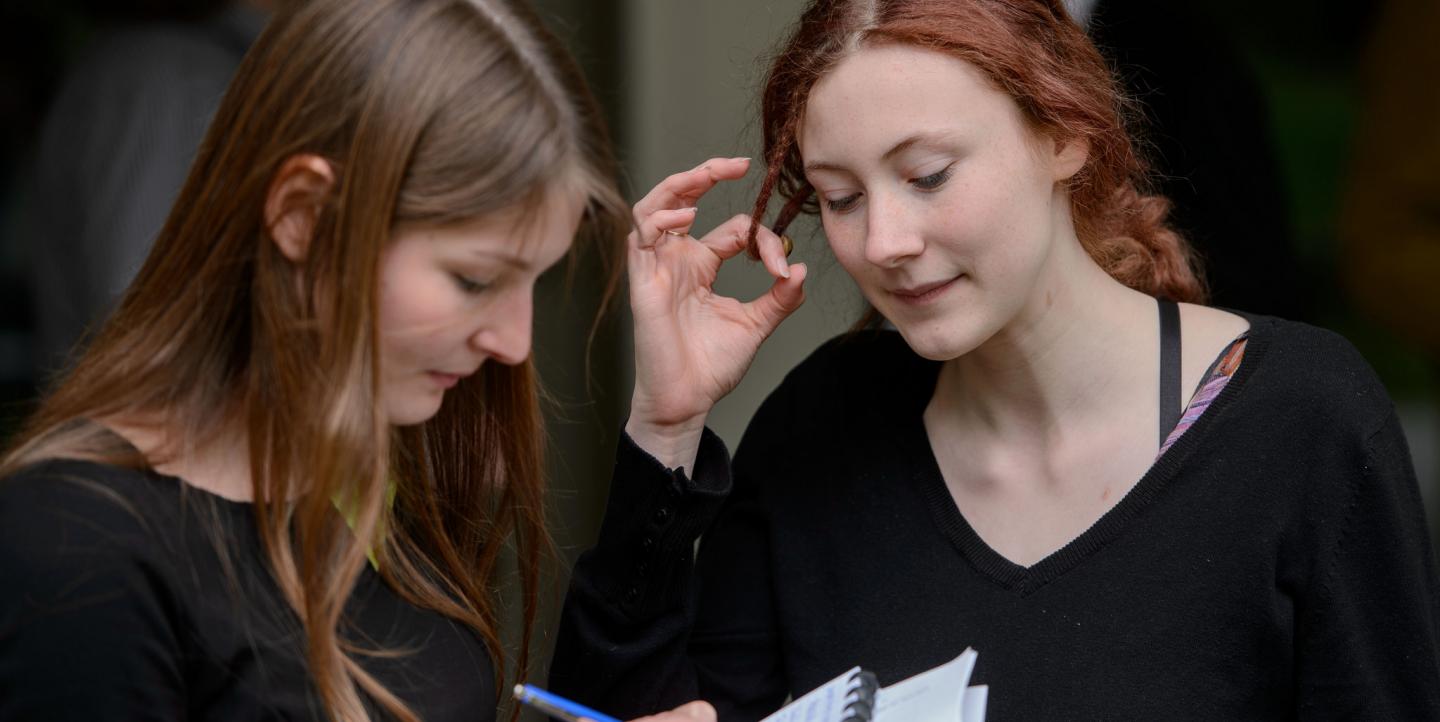Even the most skilled foreign correspondents don’t know all the languages and dialects of the countries and regions they report on. Sometimes, they need the help of an interpreter to conduct an interview.
However, these interviews can prove complicated, especially for new journalists.
IJNet asked experienced foreign correspondents for their advice and personal experience on the issue:
Be aware of the relationship between your source and interpreter
“The most pressing issue I’ve had with interpreters,” says Didem Tali, a freelance foreign correspondent specializing in international development and gender issues, “is that the overwhelming majority of translators in the ‘global south’ tend to be males. When you’re covering sexual violence, child marriage and issues for Syrian women, it makes [sources] a bit uncomfortable to have the presence of a male translator.”
Tali, who works for media outlets like Al Jazeera, Vice and the Thomson Reuters Foundation, generally tries to find a translator from her source’s community or relies on word of mouth. When dealing with complicated and traumatic stories, she always briefs her interpreter so he’s aware of the sensitive nature of the topics that will be approached.
Throughout the interview, she pays close attention to the body language between the source and interpreter to have an idea if the source feels uncomfortable or if tension is rising.
Use your interpreter to establish a connection with your source
With an intermediary present, it can be harder to forge trusting relationships with sources.
Guillaume Lavallée, former Agence France-Presse correspondent in Africa and the Middle East and now journalism professor at the University of Quebec in Montreal, thinks interpreters can actually be a cultural bridge between sources and journalists.
“There are countries where the interpreter will also establish a climate of trust because the source will know this person speaks his language and comes from the same country,” he says.
Matthew Shaer, a freelance foreign correspondent for the likes of New York Times Magazine, Smithsonian Magazine and The Atlantic, recommends leaving enough time to have friendly small talk, a cigarette or coffee to make the person comfortable.
Tali believes in kindness, giving small compliments and having good manners.
If you have time, double-check the translation
Translators sometimes omit nuances in their translation for many reasons. It might be because they’re trying to summarize the source’s answer, because the source spoke for a long period of time, or simply because they believe they’re helping make your job easier.
Lavallée has also seen interpreters who told him their point of view and not the source’s.
“[The interpreter] will tell you what he thinks and will say ‘Yes, yes, everybody thinks like this here,’ and then you’ll ask him if the [source said that] and he’ll reply ‘Not really, but everyone here thinks like that.’”
Shaer also sometimes has the feeling he’s getting the interpreter’s voice, not the source’s.
To ensure he had the most accurate translations while working abroad, Lavallée would double-check the transcripts when he had time. He would also record the interview and either send it to a second person to translate it word by word or sit with his interpreter after the interview, going over the recording to get its nuances and details.
But when they don’t have time, journalists often have to trust their interpreter is doing a good job. Knowing basics of the language in which the interview is done can go a long way: it can help to spot bits that were left out of the translation.
For Tali, there is no miracle solution. She likes to repeatedly push her interpreter to say more when she feels something is missing, but mostly “you just have to trust your gut feelings with the translator if he’s being accurate with the translation.”
Be prepared for a more arduous interviewing process than normal
“The biggest issue is the slowdown,” says Shaer. “With the translation, you introduce this delay that makes the connection to the subject more difficult [...] because you’re not communicating as quickly, you’re not communicating as closely.”
The lack of spontaneity during an interview with an interpreter can be an obstacle to capturing the source’s voice. Shaer often feels like sources end up speaking in “weird blocks of text that are not consistent with average speech.”
Lavallée has also had interpreters who interrupt the source to start translating, sometimes cutting off their train of thought.
The opposite can also happen where sources start losing the thread of the conversation. Lavallée recommends reframing it and going back to the issue while remaining open to letting the conversation unfold as naturally as possible.
Increased internet access allows better communication
Keeping in touch with sources has gotten easier thanks to increased internet access, especially compared to the time when people could only exchange phone numbers, which are sometimes international and expensive to call, according to Lavallée. Some sources now add him on Facebook and they “exchange” likes on photos.
Tali uses her favorite tool: Google Translate.
“It’s maybe cliché, and actually some sentences might sound clumsy, but they usually carry the main point,” she says.
Shaer has found many people in the world can write some English, even if it’s only a few a words.
Apps like Signal, WhatsApp and Facebook have also made things easier.
“I almost never found a source that didn’t at least have access to Facebook,” says Shaer.
What have you found useful for interviews with interpreters? Let us know in our IJNet Slack community or Facebook group.
Main image CC-licensed by Flickr via Heinrich-Böll-Stiftung.

